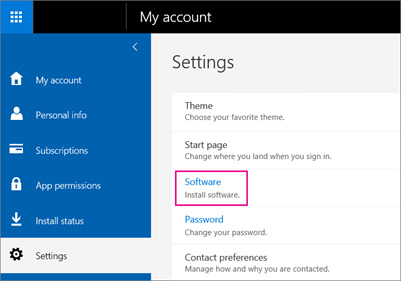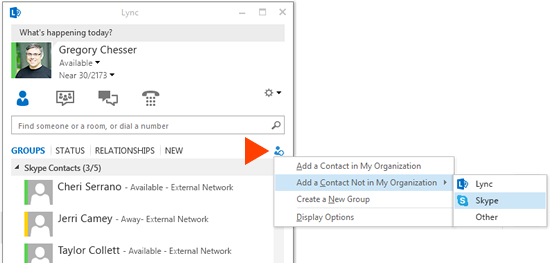

using PowerShell, including Azure AD, Exchange Online, and Skype for Business Online. There’s a range of policies available (as described in the cmdlet documentation), but to enable Skype for Business, we’ll use the Islands or SfBOnly policies (which correspond to the policies shown in the user interface above). 2552 MailTips is enabled by default on the Exchange Organization. So I added a new calendar (tap Edit tap add calendar).


By utilizing the Get-CsUser command only the enabled Lync / Skype for Business users will be returned. After connection, we’ll use the Grant-CsTeamsUpgradePolicy cmdlet to change the policy. Unfortunately there is not an easy way to do it Outlook 2011/16 for Mac. Step #1: The first step is to get all Lync / Skype for Business users in the environment. Pre-Step: Before proceeding you may need to import the Lync / Skype for Business and Active Directory commandlets on older versions of PowerShell. If your organization does not utilize a matching user principal name you you can ignore step #4. You can automate this by having the script run as a scheduled task.
Skype for business add contact not in my organization mac how to#
Presuming you are utilizing an Exchange e-mail address policy that changes the e-mail address for users according to their new name, I will show you how to automate the change of the msRTCSIP-PrimaryUserAddress and userPrincipalName attributes. For the best Lync / Skype for Business login experience it is important to keep the sign in address, e-mail address and user principal name the same. For Lync / Skype for Business and Exchange purposes the four attributes that are important are mail, proxyAddresses, msRTCSIP-PrimaryUserAddress and userPrincipalName. When a person’s name changes a lot of organizations implement different strategies of keeping relative addresses in sync.


 0 kommentar(er)
0 kommentar(er)
